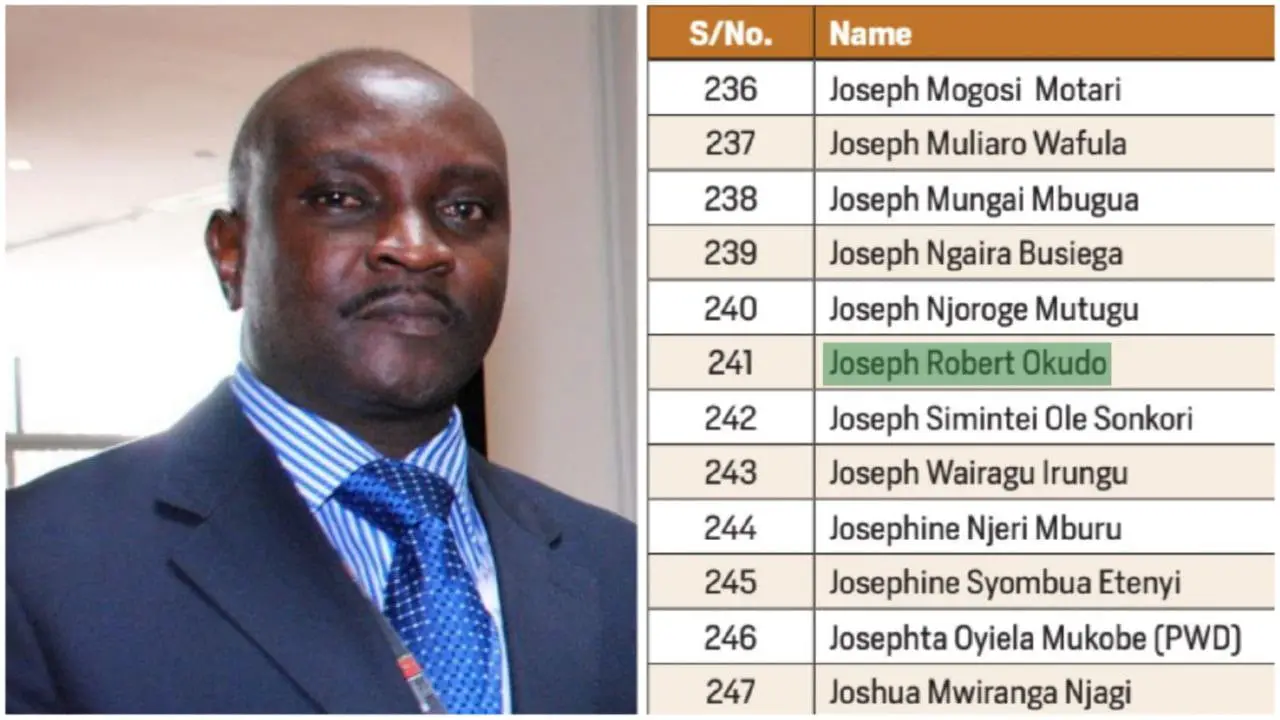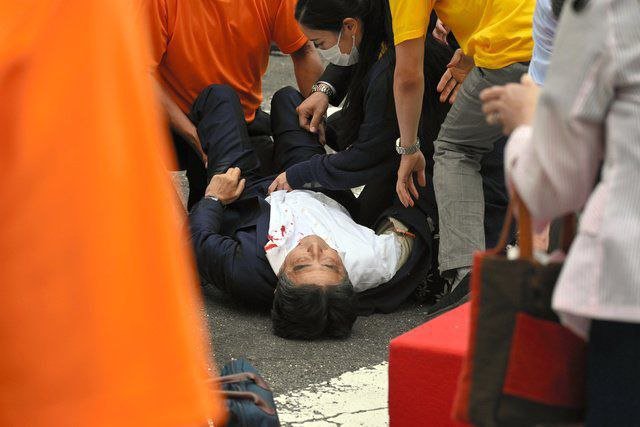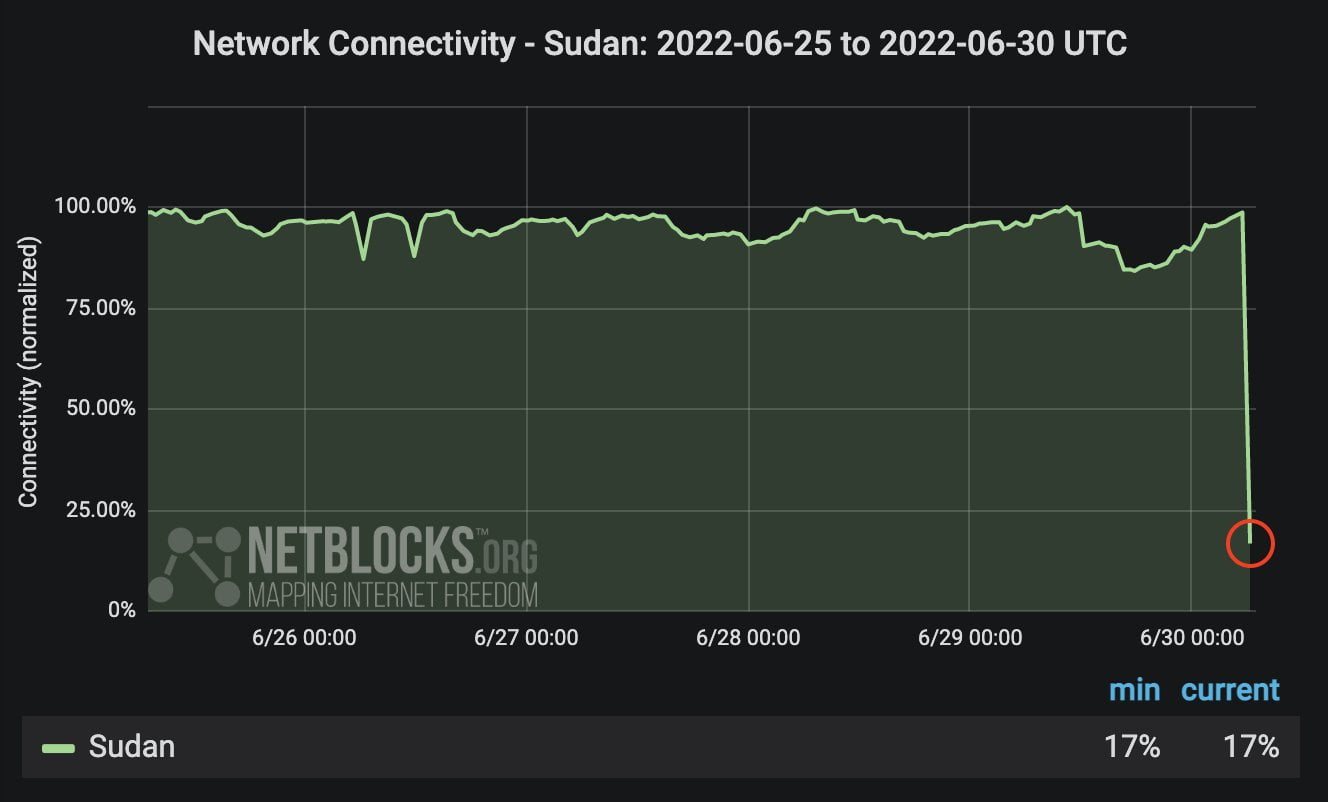
In the recent escalating tensions between Iran and United States of America (US) most people on both sides wish it is just a war of words and no actual action will take place for example going to war.
War has its dire consequences and there’s no amount of chest-thumping can calm the horrors of it in both sides.
Iran and US have been engaging in ‘who has the bigger balls’ since US removed a democratically elected Iranian leader Mohammad Mosaddegh in 1953 to reinstall a US puppet General Fazlollah Zahedi.
This govt allowed Mohammad Reza Pahlavi, the last Shah of Iran (Persian for an Iranian king), to rule more firmly as monarch.
The monarch-like rule ended with the Islamic revolution of 1979. The salty relationship between the descendants of Persians and those of Europeans flared more to this day.

While it is not a popular reason that the US is intent on all countries of the world to follow its Central Banking System where few capitalists rule the world at the expense of majority others. It is true that in recent years, only countries without a central bank that answers to the US Federal reserve (privately owned bank) have been attacked for reasons that have always been falsified in order to justify their destruction.
For US democracy that has been exported to Iraq, Afghanistan, and Libya, etc are synonymous with ruins.
The recent assassination of Iranian Commander Qassem Soleimani has exercerbated tensions between the two countries.
Recent happenings
May 2019 – Iran attacks oil tankers in the Gulf.
June 2019 – Iran shoots down US drone.
July 2019 – Iran seizes British oil tanker.
Sept 2019 – Iran attacks Saudi state run oil co.
Dec 2019 – Iran attacks US military bases in Iraq.
Dec 2019 – Iran storms the US Embassy in Baghdad.
Jan 2020 – US air strikes Baghdad, killing an Iran commander.
The Iran – US relationship takes me to the happenings of July 1998.

Current Iranian Supreme Leader Ayatollah Ali Khamenei
July 1988
In July 1988 Iran and Iraq were in the midst of a war that included attacks on each other’s oil tankers in the Persian Gulf. The United States was among several countries that had warships in the area to safeguard the transport of oil. Various incidents, notably an attack on the USS Stark involving Iraq missiles in May 1987, had resulted in a revision to the U.S. rules of engagement, allowing U.S. ships in the Persian Gulf to undertake more protective measures.On July 3, 1988, the USS Vincennes, under the command of Capt. William C. Rogers III, was involved in several skirmishes with Iranian vessels. According to various reports, Rogers, who had a reputation for aggressiveness, ignored orders to change course and instead continued to pursue the enemy gunboats.
Against this background, the Iranian airliner, an Airbus A300, departed from Bandar-e ʿAbbās, Iran, at approximately 10:47 AM, headed to Dubai, United Arab Emirates. Crewmen aboard the Vincennes immediately began tracking Iran Air flight 655, which had taken off from an airport used by both military and commercial aircraft. For the next several minutes, there was confusion aboard the U.S cruiser over the identity of the aircraft, which was eventually determined to be a much smaller F-14 fighter jet. After several warning calls went unheeded, the Vincennes fired two surface-to-air missiles at 10:54 AM, destroying the plane and killing all those on board.

A street in Tehran, Iran
Immediately after the event, U.S. officials reported that the Iranian airliner had been rapidly descending and was headed toward the Vincennes. In addition, it was stated that Iran Air flight 655 was not within its normal route. However, a U.S. Navy report on July 28, 1988—released to the public in redacted form on August 19—refuted these claims. It concluded that the Iranian aircraft was actually ascending “within the established air route,” and it was traveling at a much slower speed than reported by the Vincennes. Furthermore, the airliner’s failure to communicate with the Vincennes was dismissed; in contact with two air control towers, the Iranian pilot was likely not checking the international air-distress channel. In the end, U.S. officials concluded that it was “a tragic and regrettable accident.” In explaining how the state-of-the-art cruiser had misidentified Iran Air flight 655, authorities cited “stress…and unconscious distortion of data.” However, U.S. officials also claimed that Iranian aggression played a key role in the incident. In 1990 the U.S. Navy notably awarded Rogers the Legion of Merit for his “outstanding service” during operations in the Persian Gulf.

Dr. Mohammad Mosadegh, former president
Some, however, accused the U.S. military of a cover-up. It was noted that investigators failed to interview others near the Vincennes—notably the commander of the USS Sides, some of whose personnel had identified the aircraft as a commercial plane—as well as the surface warfare commander who had ordered Rogers to change course several hours before the incident. In addition, the report’s statement that the Vincennes was in international waters was later acknowledged as incorrect; the cruiser was in Iranian waters.

In Iran it was widely believed that the U.S. attack had been deliberate, and Iranian authorities worried that it indicated the United States was planning to join forces with Iraq. That assumption was thought to have played a role in Iran’s decision to agree to a cease-fire with Iraq in August 1988. In May 1989 Iran filed a lawsuit against the United States at the International Court of Justice. As the case dragged on, a settlement was reached in 1996. The United States, which “expressed deep regret” for shooting down Iran Air flight 655, agreed to pay $61.8 million to the victims’ families, and Iran dropped its suit.

















































